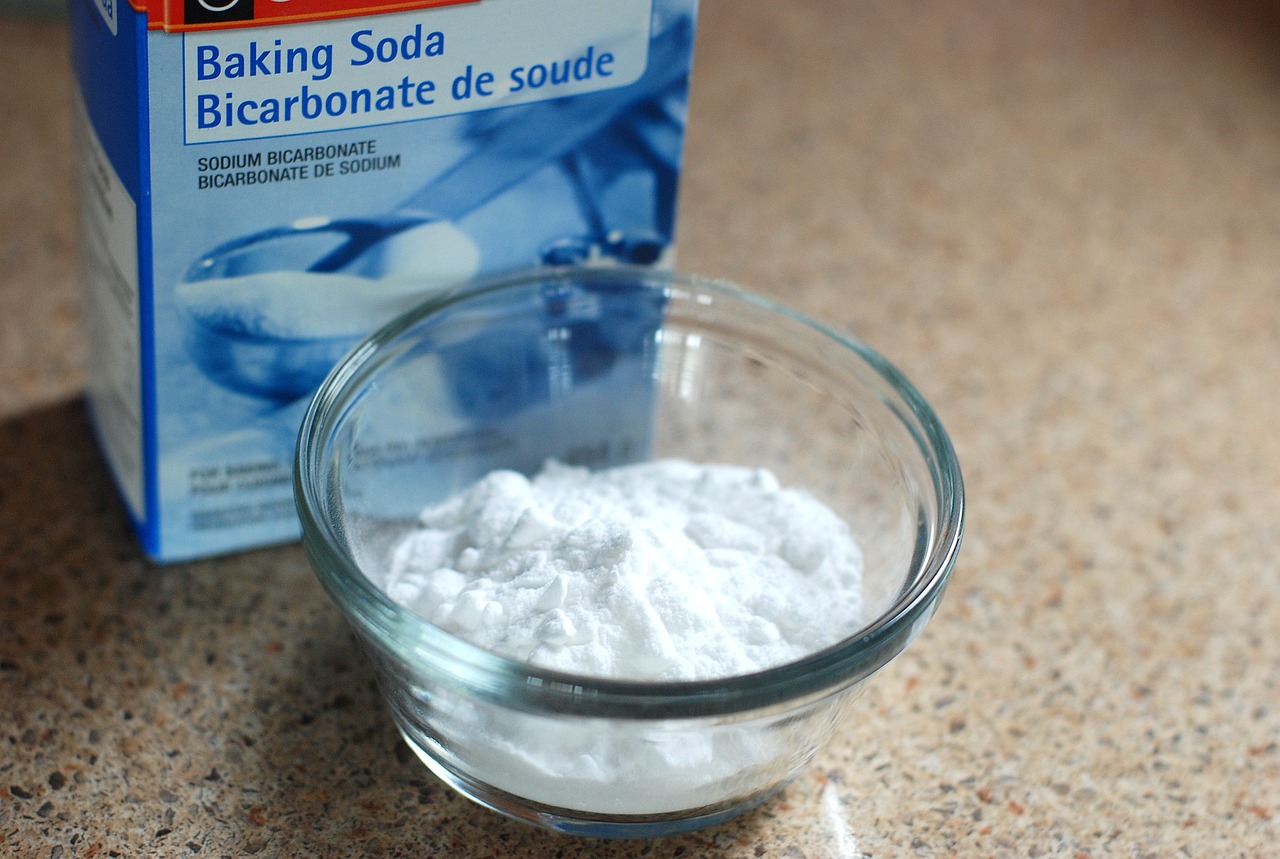The Ramzi Theory vs. The Baking Soda Test: Which One is Accurate?
The Baking Soda Test is a DIY gender prediction method that involves a simple chemical reaction with urine and baking soda. The Ramzi Theory, named after Dr. Saad Ramzi Ismail, is a non-invasive method that examines the location of the placenta using early ultrasound images.

Introduction:
The anticipation of knowing your baby’s gender is an exciting part of the pregnancy journey. Many parents-to-be turn to various methods for early gender prediction, seeking clues about their baby’s sex. Two popular techniques that often emerge in these discussions are the Ramzi Theory and the Baking Soda Test. In this comprehensive guide, we will delve into the specifics of each method, exploring their accuracy, procedures, and factors to consider when deciding which one aligns with your curiosity and pregnancy experience.
Ramzi Theory: A Closer Look
The Ramzi Theory, named after Dr. Saad Ramzi Ismail, is a non-invasive method that examines the location of the placenta using early ultrasound images. According to the theory, the placement of the placenta may hold clues about the baby’s gender. In this section, we will explore the science behind the Ramzi Theory, how it works, and its reported accuracy rates.
The Baking Soda Test: Unveiling the Mystery
The Baking Soda Test is a DIY gender prediction method that involves a simple chemical reaction with urine and baking soda. Advocates claim that it can predict gender based on the fizz produced. We will delve into the details of this test, and its procedure, and discuss its reliability as compared to more medically recognized methods.
How it Works
The Baking Soda Test is a simple and popular DIY method for predicting a baby’s gender. To perform this test, you’ll need a clean and dry container, your morning urine sample, and baking soda.
Begin by placing a couple of tablespoons of baking soda into the container. Then, add your urine sample to the baking soda. Observe the reaction that occurs. If the mixture fizzes and bubbles vigorously, some believe it’s a sign that you’re carrying a boy. If there’s little to no reaction, it’s thought to indicate a girl.
While this test is easy to perform at home, it’s important to note that it lacks scientific backing and accuracy compared to more medically established gender prediction methods such as the Ramzi Theory.
Choosing the Right Method for You
When it comes to early gender prediction, there is no one-size-fits-all approach. Factors like personal preference, access to images or supplies, and individual comfort levels play a crucial role in deciding which method to choose. In this section, we will provide guidance on how to make an informed decision that aligns with your unique circumstances.
Conclusion:
In the quest to reveal your baby’s gender early, both the Ramzi Theory and the Baking Soda Test offer intriguing possibilities. However, it’s important to approach these methods with a balanced perspective, recognizing that no method can guarantee 100% accuracy. However, the Ramzi Method wins this match-up, as the Ramzi Theory has been shown to be up to 95% accurate. The baking soda method lacks any definitive studies demonstrating a success rate.
Ultimately, your choice may depend on your curiosity, convenience, and personal beliefs. Whichever path you choose, remember that the joy of discovering your baby’s gender is a wonderful part of the pregnancy journey.
Get Your Ramzi Prediction Now
Begin your exciting journey towards discovering your baby’s potential gender by utilizing our Instant Ramzi Predictor Tool today. Embrace the power of early knowledge and revel in the anticipation as you bond with your little one even before they arrive!
